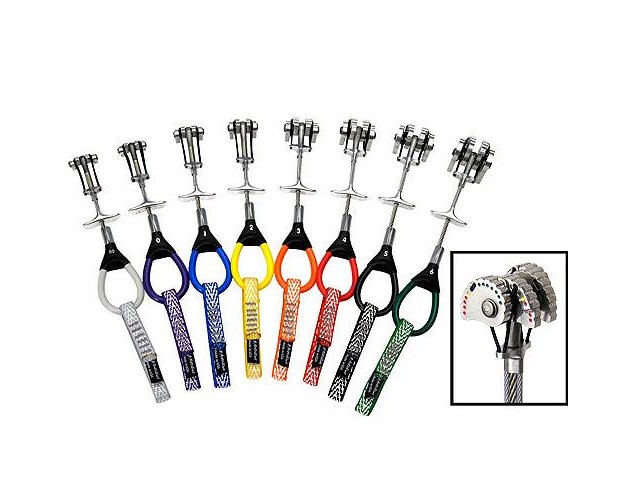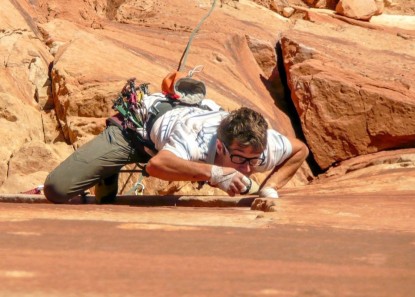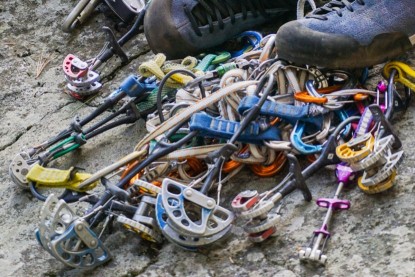Metolius Master Cam Review
Our Verdict
Our Analysis and Test Results
The Master Cam vs. The Ultralight Master Cam
The Master Cam has been discontinued and replaced by the Metolius Ultralight Master Cam. From Metolius: “The new Ultralight is 20% lighter. If you're carrying a double set, the weight savings is equal to a twelve ounce canned beverage of your choice. When compared to other brands, these weight savings can be much more. The new shark fin tooth pattern provides optimized bite in soft rock.”
Check out this side-by-side comparison of the Ultralight Master Cam on the left and the Original Master Cam shown on the right.The text and ratings in this review still reflect the Original Master Cam.
Likes
Metolius Master Cams have a very narrow head width. In some sizes they are even narrower than Aliens. This means they are more bomber in really shallow placements. Also, the metal in Cams is harder than than that in Aliens. This means that the Metolius cams will likely be more durable. Part of what makes the Aliens stick so well in little placements is the soft metal, so there is a pro and a con there. The Master Cam stem is flexible but more rigid than other single stem cams like the Alien. This means the cam is a little more stable in the hand and easier to retract, especially over time when the cams get more sticky. The sling is very small and thin. This means that on a big wall rack with 3-4 sets of cams, you have a lot less bulk than with a Black Diamond Camalot C3 or CCH Alien sets.
Metolius uses a unique “Range Finder” color-coded system to help you know if the cam is bomber or not. When the green dots are touching, the cam placement is optimal. When the yellow or red dots are touching, it's not. This is great for learning placements. Once you are more experienced, the feature is less useful.
Dislikes
Most of my likes have their own drawbacks. For example, the more rigid stem on this device means it is more likely to walk when the climbing rope moves and it does not bend edges as well as the Aliens. More importantly, the stem width a few inches below the cams is a little wide (there is a slightly bulky piece of aluminum there). In certain placements, this keeps the cam from being placed as deeply as you could with an Alien.
The shorter sling on the unit is great for racking, but it means that the cam will walk more and therefore you are more likely to need a quickdraw than with units with longer slings and more flexible stems. I would prefer it if the sling were another inch or two longer.
Not sure if this is a like or dislike
The cam “wires” are made of Kevlar. Metolius says these are much stronger than typical wires — time will tell. Anecdotal reports from El Cap are that there are more than a few of these getting fixed with broken Kevlar wires, but we have not seen them.
Offset Placements
The Master Cam does well in pin scars and flared placements. The Metolius Ultralight Offset Master Cam does event better. We recommend owning both. If you climb in Yosemite a lot, we would have two sets of offset to one set of regular. For areas with sandstone, one offset set is plenty.
Right now the Camelot X4r does not have an offset option, which makes the Master Cam and Offset Master Cam combo the most convenient. It's a bit of a nuisance to mix the non-offset X4 fours with the Offset Master Cam.
Durability
The cam durability has been great. One area that has not held up as well on some cams is the plastic coating on the cable clip and loop. This is mainly just an issue if you aid climb. After a lot of bounce testing, we find this plastic starts to wear away, exposing the metal cable. This is not only a comfort concern (it is uncomfortable on your fingers when pulling the trigger), it also means the runner attached to the cable might be more likely to break in a fall. Again, this is only an issue if you aid climb a lot.






